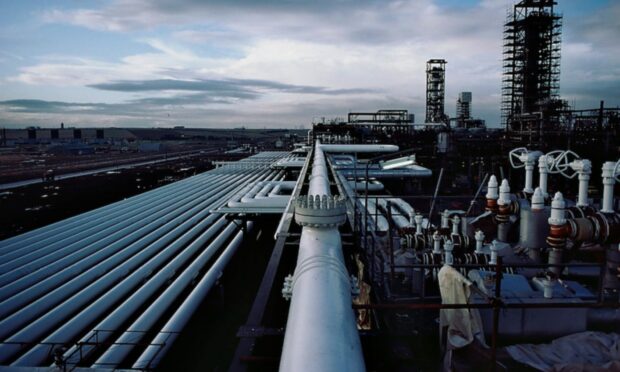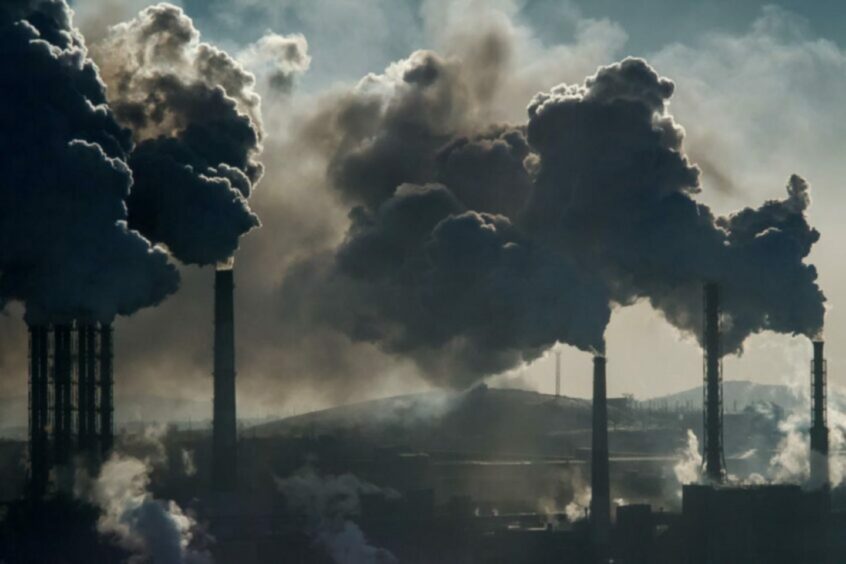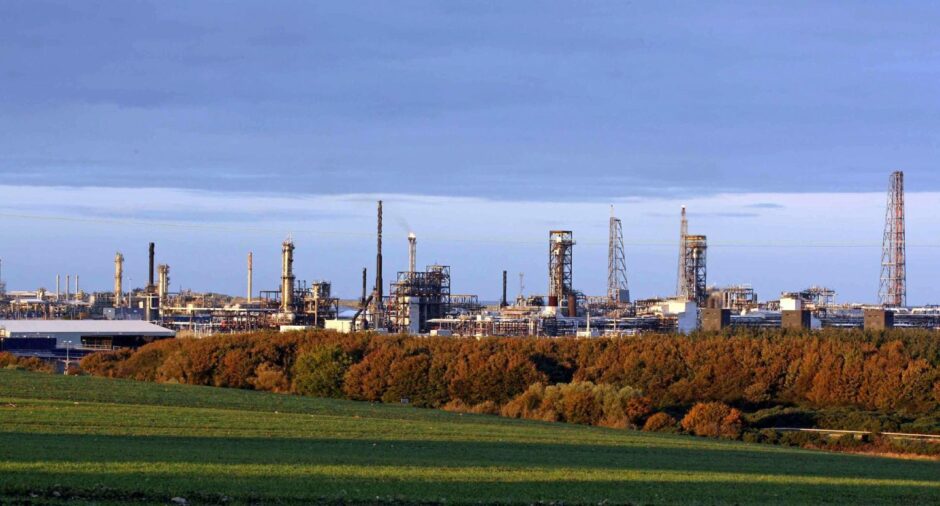The Aberdeenshire-based Acorn carbon capture and storage (CCS) project is to expand following the award of new CO2 storage licences in the North Sea.
Initially planned to store carbon on the former Goldeneye gasfield operated by Shell, the development will now also include two new CO2 stores: Acorn East and East Mey.
This is after the North Sea Transition Authority (NSTA) revealed a total of 14 CCS developers had accepted 21 new CCS licences in its first CO2 storage licensing round.
For Acorn, it means the system’s capacity can ramp up to store about 240 million tons of CO2 in total. To put that into perspective, the UK estimates around 20-30m tons of CO2 storage per year will be needed by 2030 and more than 50m a year by 2035 to meet net-zero targets.
Acorn’s huge CO2 storage potential
Acorn is the backbone of the “Scottish Cluster”.
Developers say it could store emissions from nine sources by 2030, including St Fergus gas terminal, near Peterhead, SSE and Equinor’s carbon capture power station at Peterhead, Ineos Grangemouth and ExxonMobil’s petrochemical facilities at Mossmorran in Fife.
The Scottish Cluster was awarded Track 2 funding, a share of a £1 billion pot, by the UK Government earlier this year.
Acorn is expected to store around 5m tons of CO2 annually, in its first stage, by 2030.
It will eventually be used to ship carbon in from other parts of the UK, and even parts of mainland Europe, which is expected to create tens of thousands of jobs at peak.
Acorn’s CO2 stores are about 60 miles off the Aberdeenshire coast and 1.5 miles below the seabed.
CO2 storage licence awards ‘welcome news’ for Acorn’s team
A spokesperson for Acorn said: “These extensive areas of subsea acreage are key elements in Acorn’s long-term strategy. The North Sea Transition Authority’s award of these carbon storage licences is welcome news as we continue to respond to the government’s Track 2 process.
“Acorn’s stores… have the potential to store circa 240m tons of CO2.”
Renewables firm Storegga, with offices in London, Aberdeen, Edinburgh and Houston, in the US, is the developer behind Acorn. It has a 30% stake in the project. Shell and Harbour Energy each hold 30%, with the other 10% held by North Sea Midstream Partners.
NSTA confirms 14 companies accept licences in first CO2 storage round
A total of 14 companies have now accepted 21 carbon storage licences, following the addition of one new licence and two firms since the initial storage round results in May.
Thirteen areas off the coast of Aberdeen, Teesside, Liverpool and Lincolnshire were on offer as part of a process which got under way last summer.
Covering more than 4,600 square miles of offshore acreage, these depleted reservoirs are expected to store up to 30 million tons of CO2 per year by 2030 – enough to hold the equivalent of around 10% of UK annual emissions, which stood at 342m tons in 2021.
Major North Sea oil and gas names dominate the list of CCS award recipients, with successes for the likes of EnQuest, Neptune Energy, Shell, BP and Harbour Energy.
NSTA said as many as 100 storage licences may be needed to meet net-zero targets.
The volume of first round applications shows the industry’s desire for further opportunities, the offshore energy regulator added. It plans to assess the response and quality of opportunities in more locations before deciding when to run a second round.
We will need 100 such sites or more to reach net-zero, so we mustn’t stop here.”
Mike Tholen, Offshore Energies UK
NSTA chief executive Stuart Payne said: “Our teams will support the licensees to bring about first injection of carbon dioxide as soon as possible. We will also continue to work with industry and government to enable further licensing activity and back the UK’s drive to net-zero emissions.”
Carbon Capture and Storage Association chief executive Ruth Herbert said: “These licences mark a substantial milestone towards widespread deployment of CCS.
“The next step is a carbon capture deployment plan to enable us to fully exploit our future CO2 storage capacity.”
Offshore Energies UK sustainability and policy director Mike Tholen said: “We will need 100 such sites or more to reach net-zero, so we mustn’t stop here.
“The companies investing in nascent opportunities like carbon storage will require the cash flow from a stable and predictable oil and gas business to fund these technologies.”




Conversation